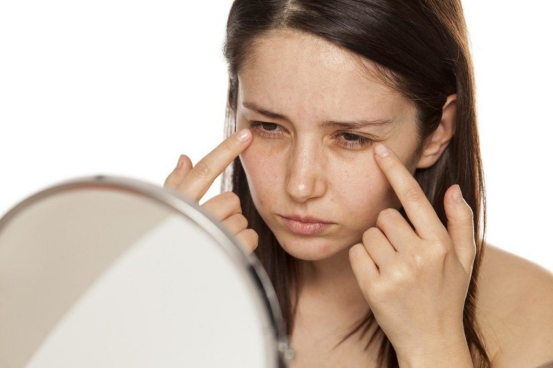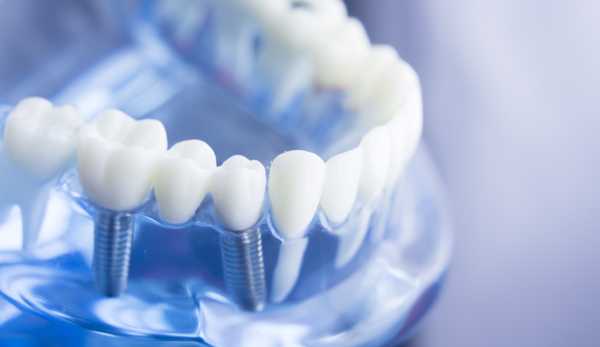2025 Hyundai SUVs: Updates, Features, and New Pricing
Thyroid Eye Disease (TED): Signs, Causes, and Effective Treatment Strategies
Thyroid Eye Disease (TED) is an autoimmune condition that affects the muscles and tissues around the eyes, commonly occurring in individuals with thyroid disorders such as Graves' disease. If left untreated, TED can lead to vision impairment, discomfort, and long-term complications. Recognizing the early symptoms and seeking timely treatment can help prevent severe outcomes and protect eye health.
Thyroid Eye Disease (TED) is an autoimmune condition that affects the muscles and tissues around the eyes, commonly occurring in individuals with thyroid disorders such as Graves' disease. If left untreated, TED can lead to vision impairment, discomfort, and long-term complications. Recognizing the early symptoms and seeking timely treatment can help prevent severe outcomes and protect eye health.

What is Thyroid Eye Disease?
TED, also known as thyroid-associated ophthalmopathy, is a disorder in which the immune system mistakenly attacks the tissues, muscles, and fat behind the eyes. This causes inflammation, swelling, and tissue growth, leading to eye bulging, double vision, and discomfort.
TED is most commonly linked to hyperthyroidism and Graves’ disease, but it can also affect individuals with hypothyroidism or normal thyroid function.
The disease typically progresses in two phases:
- Active Phase– Inflammation and swelling worsen over six months to three years.
- Stable Phase– The inflammation subsides, but some symptoms may remain due to scarring and tissue changes.
Early diagnosis and treatment during the active phase can significantly reduce long-term damage.
Early Symptoms of Thyroid Eye Disease
TED symptoms often start gradually, making early detection crucial for better treatment outcomes. Many early signs may resemble common eye conditions like dry eye syndrome or seasonal allergies.
Common Early Symptoms:
✔ Mild swelling or puffiness around the eyes
✔ Irritation, grittiness, or dryness in the eyes
✔ Increased sensitivity to light (photophobia)
✔ Excessive tearing or watery eyes
✔ A subtle “staring” appearance due to eyelid retraction
✔ A sensation of pressure or fullness behind the eyes
If these symptoms persist or worsen, it is essential to seek medical evaluation for proper diagnosis.
Progression of TED: More Noticeable Symptoms
As TED advances, symptoms become more pronounced and can interfere with daily life. These include:
✔ Bulging or protruding eyes (proptosis) due to swelling behind the eyes
✔ Persistent redness and swelling of the eyelids
✔ Difficulty moving the eyes, leading to pain and eye strain
✔ Double vision (diplopia) due to muscle misalignment
✔ Blurred vision or difficulty focusing
For many individuals, these symptoms can impact activities such as reading, driving, and working on a screen.
Severe TED Symptoms That Require Immediate Medical Attention
If left untreated, TED can result in serious vision complications. Seek urgent medical care if you experience:
✔ Sudden vision loss or significant visual disturbances
✔ Severe eye pain or extreme pressure behind the eyes
✔ Inability to close your eyes completely, leading to dryness and corneal damage
✔ Loss of peripheral vision or difficulty distinguishing colors
These could indicate optic nerve compression (dysthyroid optic neuropathy, DON), a condition that requires immediate treatment to prevent permanent vision loss.
Who is at Risk for Thyroid Eye Disease?
Several factors increase the likelihood of developing TED:
✔ Thyroid Disorders – Most commonly affects those with Graves’ disease, but can also occur in hypothyroid and euthyroid individuals.
✔ Smoking – The most significant risk factor, as smoking worsens inflammation and accelerates disease progression.
✔ Gender & Age – More common in women, particularly between 40 and 60 years old, though men tend to develop more severe cases.
✔ Genetic Factors – A family history of thyroid disease or autoimmune disorders increases susceptibility.
✔ Radioactive Iodine Therapy – Used to treat hyperthyroidism but may trigger or worsen TED symptoms in some individuals.
Diagnosing Thyroid Eye Disease
TED is diagnosed through comprehensive clinical assessments and imaging tests. These may include:
1️⃣ Eye Examination – Evaluates eye movement, swelling, and eyelid position.
2️⃣ Thyroid Function Tests – Blood tests to check thyroid hormone levels and autoimmune markers.
3️⃣ Imaging (CT Scan or MRI) – Detects inflammation, swelling, and optic nerve compression.
4️⃣ Visual Field Testing – Measures peripheral vision loss caused by TED.
5️⃣ Ocular Motility Testing – Examines eye movement restrictions and double vision severity.
An early diagnosis helps guide treatment and prevents long-term vision complications.
Treatment Options for Thyroid Eye Disease
TED treatment depends on the severity of symptoms and whether the disease is in the active or stable phase.
1. Lifestyle and Home Care for Mild TED
For mild cases, simple lifestyle adjustments can help alleviate discomfort:
✔ Use artificial tears to relieve dryness and irritation.
✔ Wear sunglasses to reduce light sensitivity and protect against environmental irritants.
✔ Sleep with your head elevated to minimize morning swelling.
✔ Quit smoking, as it significantly worsens TED and delays healing.
✔ Monitor thyroid function closely and follow prescribed treatments.
2. Medications for Moderate to Severe TED
✔ Corticosteroids (e.g., prednisone) – Help reduce inflammation and swelling.
✔ Tepezza (teprotumumab) – FDA-approved therapy that reduces eye bulging and improves double vision.
✔ Radiation Therapy – May be used to control inflammation in the eye muscles in select cases.
3. Surgical Options for Severe TED
For individuals with advanced TED, surgery may be necessary to correct vision problems and relieve pressure:
✔ Orbital Decompression Surgery – Expands the eye socket to reduce bulging and prevent optic nerve damage.
✔ Strabismus Surgery – Helps correct double vision by realigning the eye muscles.
✔ Eyelid Surgery – Improves eyelid function to protect the cornea from excessive dryness and exposure.
Can TED Be Prevented?
While TED cannot always be prevented, certain proactive measures can reduce risk and severity:
✔ Quit Smoking – The single most effective way to slow TED progression.
✔ Control Thyroid Levels – Regular check-ups and proper treatment management are crucial.
✔ Protect Your Eyes – Use sunglasses, artificial tears, and take breaks from screen time.
✔ Seek Early Medical Attention – If you have a thyroid disorder, monitor for early eye symptoms and consult a specialist if needed.
Final Thoughts: Why Early Intervention is Key
Thyroid Eye Disease can significantly impact vision, daily life, and emotional well-being, but early diagnosis and proper treatment can help prevent severe complications.
If you experience persistent eye discomfort, swelling, or changes in vision, don’t ignore the signs—seeking medical attention early can protect your vision and overall eye health.
With advances in treatment options, lifestyle modifications, and regular monitoring, TED can be effectively managed, ensuring better long-term outcomes and improved quality of life.











